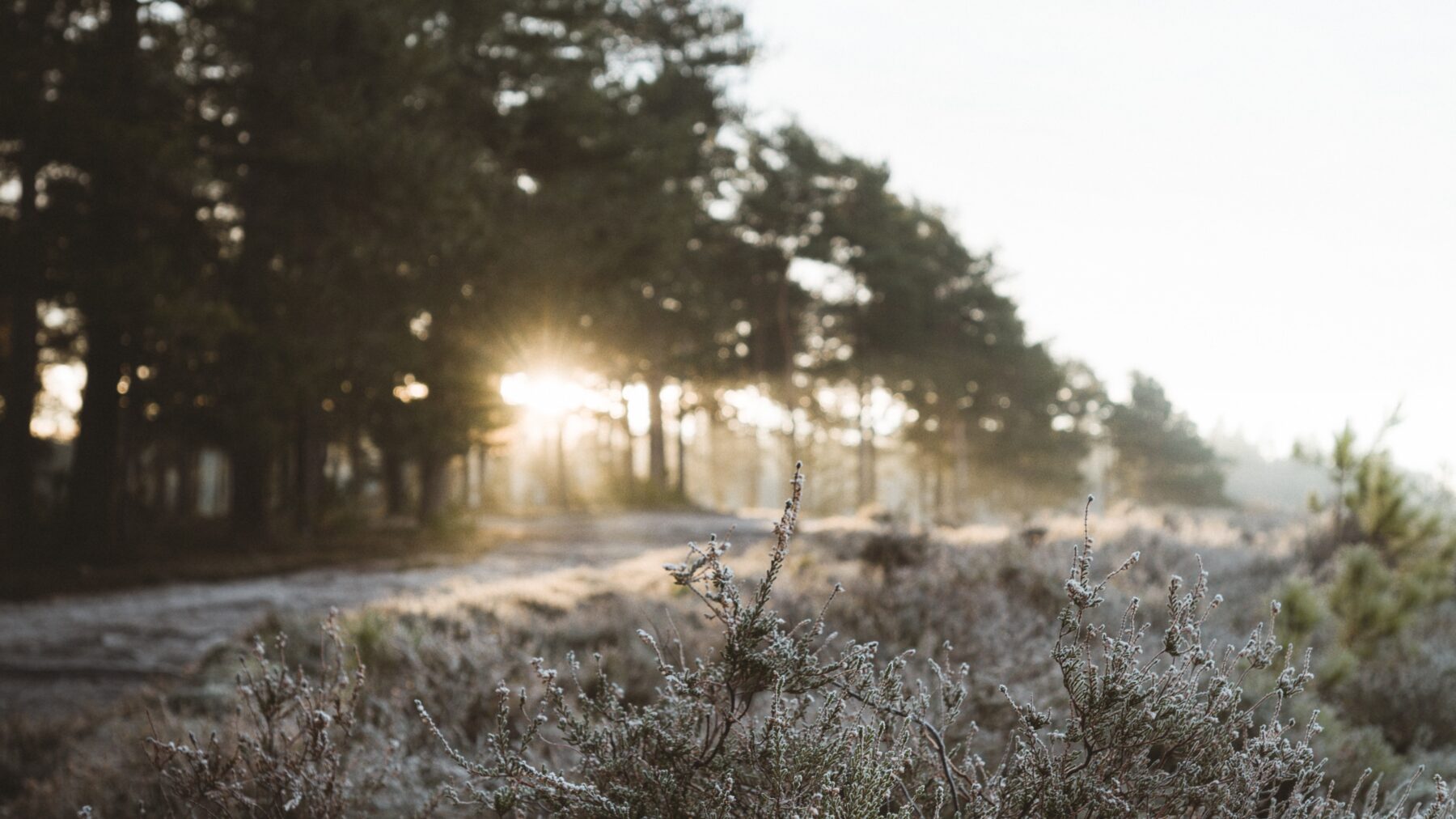The natural conditions of a significant part of the United States are favorable for recreational and ecological tourism, since the state has rich climatic, water and soil resources.
The system of recreational areas in the United States includes almost 1,500 protected areas, with a total area of over 104 million hectares. These include: 451 nature reserves, 176 national and state parks, 70 natural monuments, 394 nature reserves, where the natural landscapes of land and sea coasts are preserved, which are used for tourism. Most US national parks are monitored by the US Department of the Interior’s National Park Service.
It was in the United States at the end of the 19th century that the idea of creating the world’s first national park arose, when white settlers, actively exploring the grandiose spaces of the present-day USA, discovered unique territories that could constitute the national heritage of a historically young nation.
In 1940, in Washington, the Convention for the Protection of Nature and the Conservation of Flora and Fauna of the Western Hemisphere proposed the following definition of a national park – “a national park is a territory allocated for the protection and preservation of landscapes of exceptional beauty, flora and fauna of national importance, from which, if any are placed under the control of the state, wide circles of the population can benefit and enjoy. “
To date, the United States has developed a very complex and ramified system of protected areas. From the schematic map, you can see that the vast majority of national parks are concentrated in the western United States in the Mountain and Pacific States.
